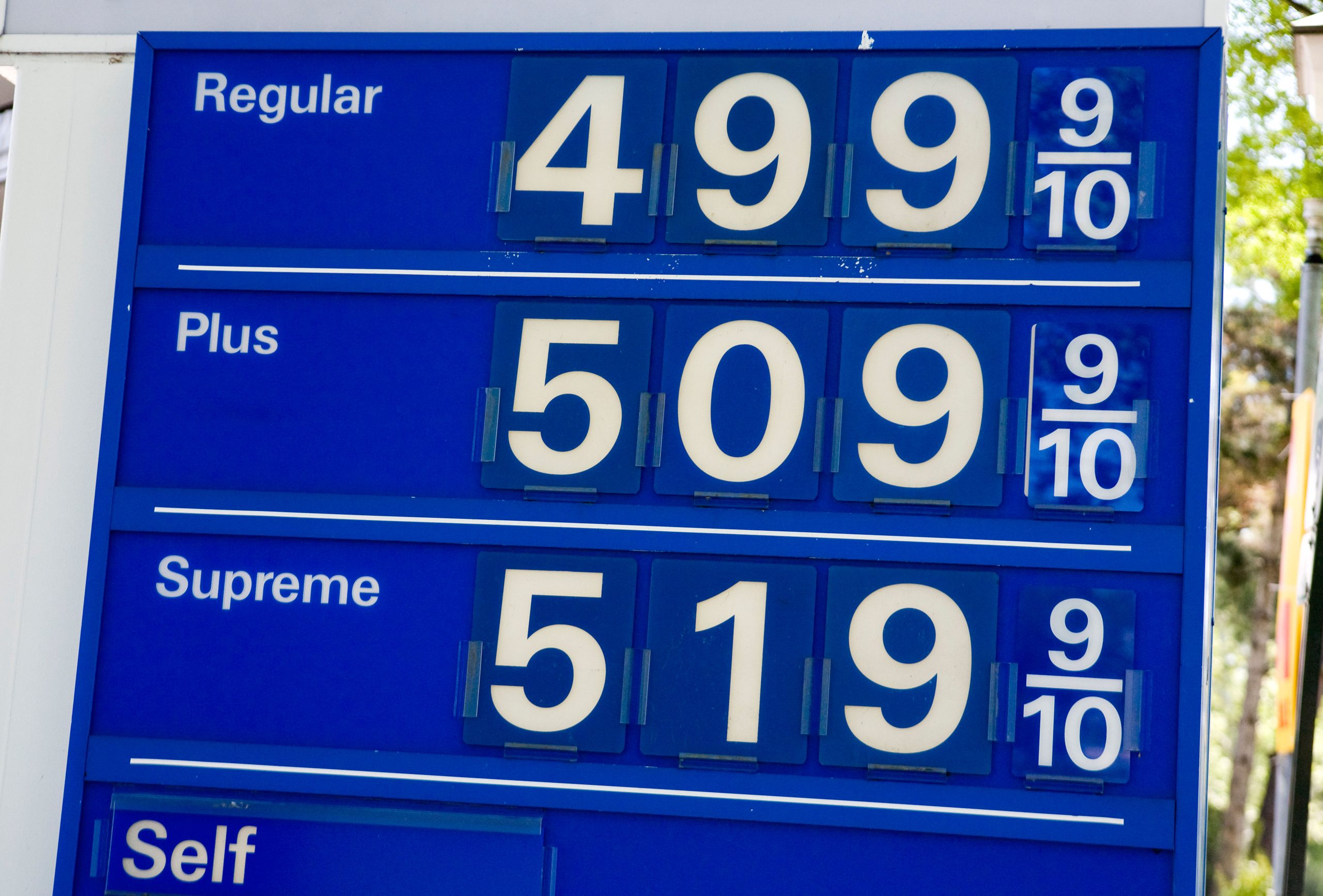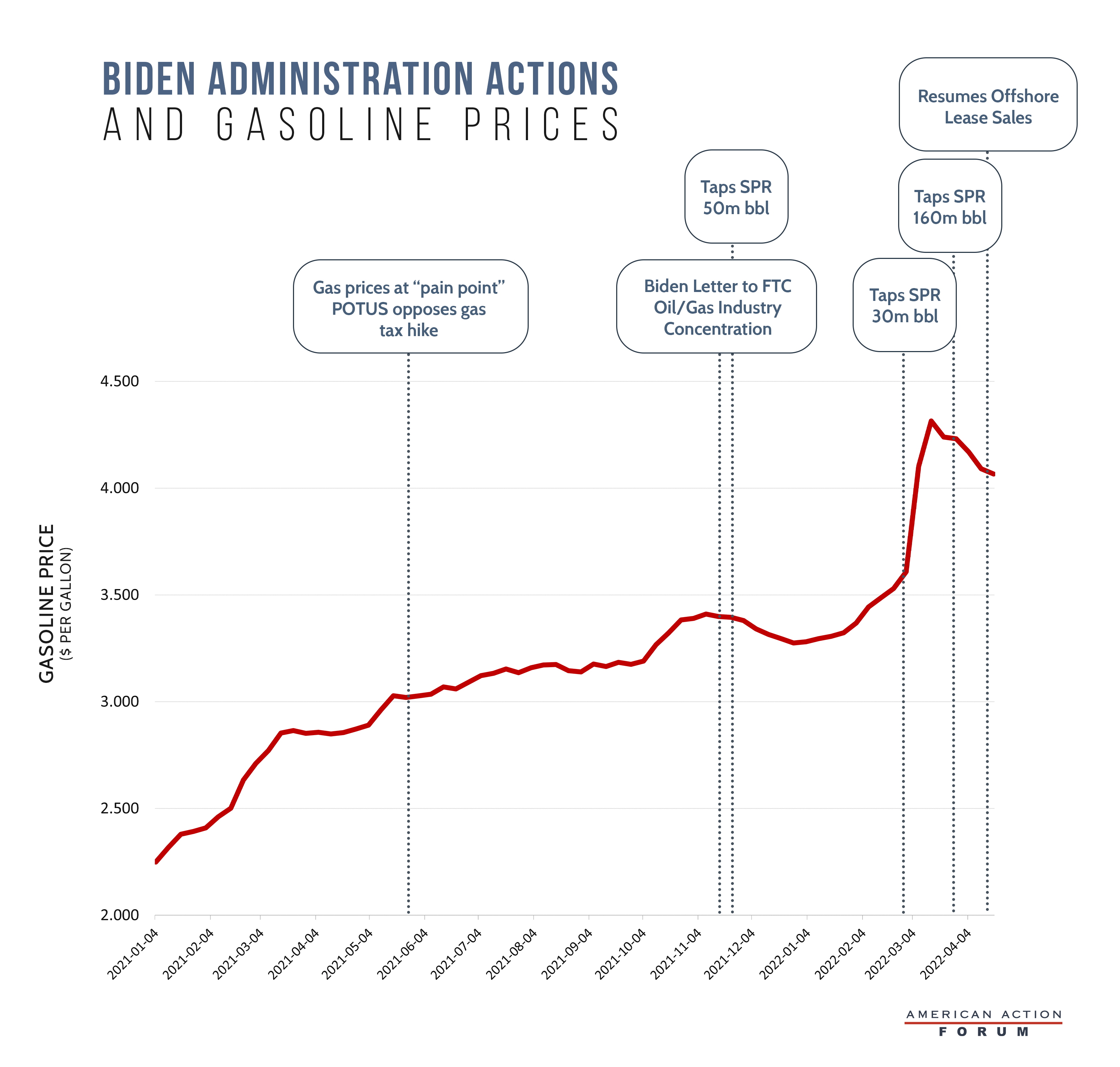
Ian Patrick, FISM News
[elfsight_social_share_buttons id=”1″]
Analysis from multiple organizations reveals that gas prices have risen 80% since President Biden first took office on January 20, 2021. The gas dilemma has placed a significant amount of financial strain on Americans as it comes in conjunction with other general inflation that continues to persist.
The issue continues to be a major stumbling block for Democrats who hope to prevent Republicans from taking the majority in both the House and Senate at midterms.
The startling increase was noted by American Action Forum (AAF) President Douglas Holtz-Eakin who wrote an opinion piece on the matter to spur federal action.
Since the start of the Biden Administration, gas prices are up over 80 percent. This record of futility drives home the basic economics of the situation: Either admit you want gas (and other carbon-based fuel) prices higher and sell it politically on the merits, or take some real, permanent action on domestic production that stands a chance of increasing supply enough to reduce gas prices.
AAF also released a chart to show what the Biden administration has done along the way to try and tamp down gas prices.
Political correspondent Joseph Curl wrote on the topic in The Daily Wire, using data from gasbuddy.com. He said a certain chart “shows that less than two months after Biden took office, the average price had jumped from $2.37 to about $2.85.”
“A gallon topped $3 in May 2021, then soared to $3.25 by October,” he continued.
According to a report released from the American Automobile Association (AAA) on May 2, “the national average for a gallon of regular is now $4.19.” The report continued by saying that this $4.19 average “is a penny less than a month ago, but $1.29 more than a year ago.”
AAA spokesperson Andrew Gross said that this relays to spending “about $23 more to fill up than a year ago.”
AAA also wrote that “total domestic gasoline stocks decreased by 1.6 million bbl to 230.8 million bbl last week.” There was also a drop in gasoline demand which typically decreases the cost, but AAA says “the fluctuating oil price and tight gasoline supply have pushed pump prices higher.”
DC Business Daily has been tracking the amount an average American consumer saves or shells out for gasoline on an annualized basis. The Gasoline Misery Index, shows that as of April 29 Americans are paying $667 more compared to the same time last year.
DC Business states, “Americans are spending an average of $961 more per year on gasoline today since the president entered office in January.”
